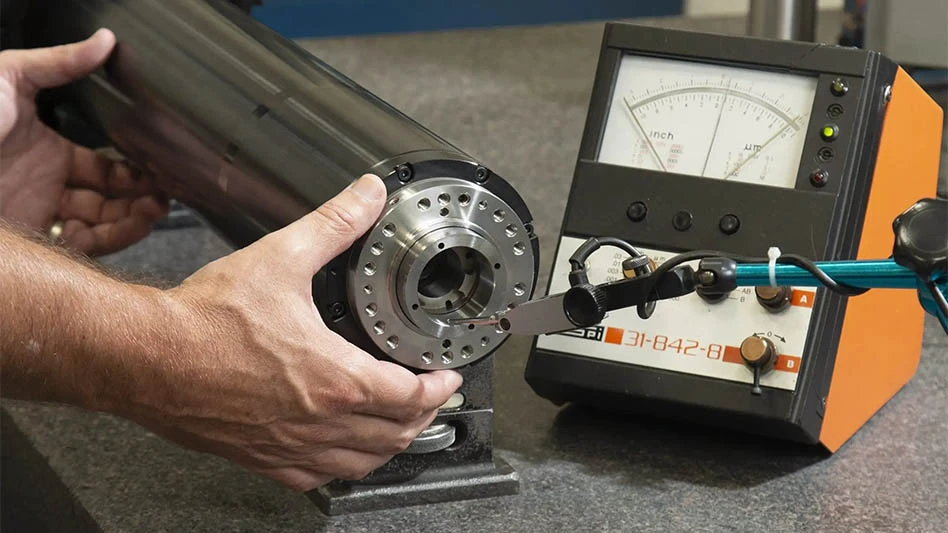
ACJ319neo Infinito cabin design by Atelier Pagani Automobili showing the cinema and sky ceiling.
If typical mid-size or large business jets just aren’t big enough for your globe-trotting needs, Airbus Corporate Jets has launched a private jet version of its new A330neo “that combines new-generation engines and aerodynamic and other improvements to deliver even more comfort, efficiency, and true ‘nonstop to the world’ range.”
Options include an onboard airport navigation system (OANS), similar to GPS in cars, and a runway overrun prevention system (ROPS), for which insurance companies offer reduced premiums.
Seemingly based on the A330-800neo airframe and incorporating Rolls-Royce Trent 7000 engines, the ACJ330neo will fly 25 passengers 9,400nm/17,400km or 20 hours – enough to fly nonstop from Europe to Australia. The standard A330-800neo specs show typical seating for 257 passengers and a range of 7,500nm/13,900km.
“For customers, such as countries needing to fly heads of state and delegations worldwide on government business, the ACJ330neo offers an unbeatable combination of modern design, proven capability and productivity, as well as being part of the world’s best-selling widebody family,” declares Airbus Chief Operating Officer, Customers, John Leahy.
The ACJ330neo’s cabin accommodates conference/dining areas, a private office, bedroom, bathroom, and guest seating, and can be fully customized to suit customer needs. Airbus already has experience in delivering about 70 turnkey cabins based on the A330 widebody airliner, which has been put in freighter, multi-role tanker transport, and corporate jet roles.
If the budget only allows for an Airbus Corporate Jets’ ACJ319neo, at least it can have a custom interior designed by Italian hypercar manufacturer Pagani Automobili.
Announced at the European Business Aviation Conference and Exhibition (EBACE) in Geneva, Switzerland, a new cabin design for the ACJ319neo called Infinito (infinity in Italian) promises to bring a live view of the sky above the aircraft into the cabin – or display other images – in its sky ceiling.
“Applying our Reinassance touch into the wider spaces of Airbus corporate jet cabins is the beginning of an exciting new venture for us,” says Horacio Pagani, founder and chief designer of Pagani Automobili SpA. “Art and science can walk together hand in hand: this is the Pagani philosophy. The combination of state-of-the-art composite materials never used before in an aircraft, such as CarboTitanium, with the typical design language of Pagani Automobili, has always represented our signature.”
Infinito builds on the Airbus ACJ320 family’s wide and tall business jet cabin for a more passenger-pleasing experience.
“In bringing together the best of the supercar and business jet worlds, we enable an elegant and seamless link for customers of both, while bringing a fresh approach to cabin design and satisfying very demanding standards,” says Airbus Corporate Jets Managing Director Benoit Defforge.
Pagani’s design team led by Designer and Head of Interiors Alberto Piccolo created the initial Infinito design, including its look and feel, while Airbus Corporate Jets’ designers led by Sylvain Mariat, head of creative design and concepts, contributed their experience in aircraft design and compatibility.
The promotional literature reads like that for a luxury condo or yacht: “Curves inspired by nature form a pathway through the cabin, as well as featuring in the shell-shaped valances and walls between zones – including one between lounge and conference areas, which switches from opaque to transparent at the touch of a button.”
The press release describes an opulently appointed interior: “Décor is reminiscent of that gracing Pagani hypercars, with natural soft-leather carpets and a wooden floor contrasting with man-made carbon fiber in furniture and wall frames – echoing the combination of art and science originally espoused by Leonardo da Vinci.”
Sculpted metal is featured in light-fittings and other details, while light-emitting diodes (LEDs) enable different mood-lighting ambiances.
The ACJ319neo will fly 8 passengers 6,750nm/12,500km or 15 hours, compared to the standard A319neo which will carry up to 156 passengers 3,750nm/6,950km.
The slightly larger ACJ320neo will transport 25 passengers 6,000nm/11,100km, or 13 hours, and the ACJ350 XWB widebody will carry 25 passengers 10,800nm/20,000km or 22 hours in its ultra-long range version.
More than 180 Airbus corporate jets are in service on every continent, including Antarctica.
Latest from Aerospace Manufacturing and Design
- JetZero all-wing airplane demonstrator achieves milestones
- Cermet indexable inserts for medium turning operations
- Trelleborg acquires Aero-Plastics
- Industrial automation products, enclosed encoders
- #61 - Manufacturing Matters: CMMC roll out: When do I need to comply?
- AIX shows aircraft interiors are a strategic priority for global airlines
- Machine Tool Builders Roundtable: Turn equipment into expertise
- No time to waste: How to machine MedTech parts more efficiently





